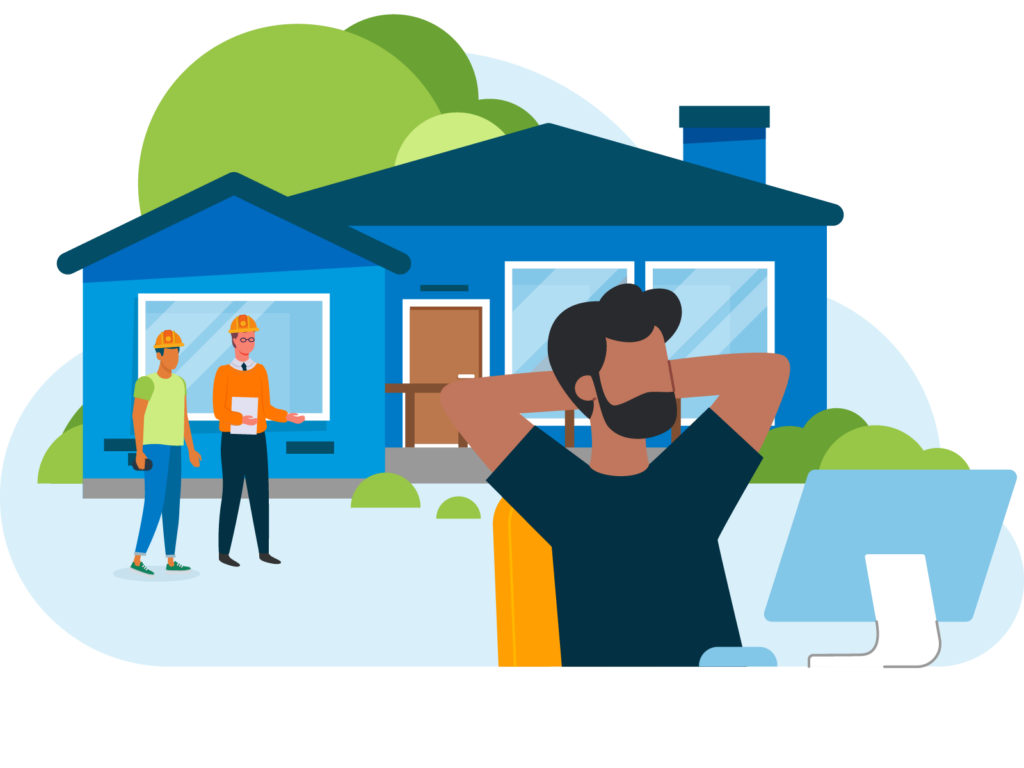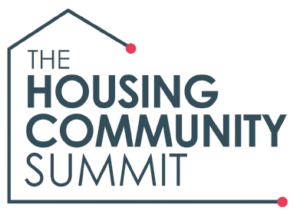From data to action: How purposeful IoT can transform social housing
Imagine managing thousands of homes, each with its own potential for leaks, damp, broken systems, and compliance risks. Now imagine trying to keep all of that in check with nothing but scheduled manual checks, tenant complaints, and guesswork. This is the challenge that many housing associations and local authorities face every day.
This is where the Internet of Things – or IoT – can support. The buzzword that’s slowly, cautiously, making its way into the repairs and maintenance management playbook. But as the team at MRI Software recently explored in a client-focused forum, this isn’t just another passing tech trend. Done right, IoT could be a genuine game-changer.
The promise: Real-time insight, reduced costs
At its core, IoT is about smart devices and sensors collecting real-time data – temperature, humidity, water flow, motion, CO₂ levels – and sending it to a central platform where it can be analysed, acted upon, or even automated.
Take damp and mould, for example. Historically, housing teams have had to wait for tenants to report a problem or send someone out regularly to check. But with humidity and temperature sensors feeding live data into MRI’s IoT hub, the system can now predict mould risk days before it becomes visible. The result? Support for compliance with Awaab’s Law and your obligations to maintain safe, healthy homes for residents while also helping to reduce property damage and the risk of disrepair claims.
And that’s only the beginning. Leak detection, Legionella monitoring, emergency lighting compliance, and energy management are all ripe for smarter, sensor-driven strategies. MRI estimates that with the right implementation, IoT-driven environmental monitoring alone can boost building efficiency by more than 35%.
The pitfalls: Paralysis, ownership, and capacity
So, if the benefits are clear, why isn’t adoption widespread?
According to one forum participant, the answer is complex but relatable: “We want to be proactive, but we’re stuck in a reactive state.” Like many in the sector, this participant’s organisation has dipped its toes into IoT pilots. But progress has been hampered by issues with existing data quality, unclear internal ownership (“Is this digital or asset’s job?”), and a sheer lack of capacity. The irony? You need breathing room to implement the very tools that would free up more time and resources.
There’s also a lack of standard roadmaps, no ‘one-size-fits-all.’ Targeting the right properties depends on your stock profile, tenant demographics, retrofit history, and more. That analysis paralysis can slow or stall initiatives entirely.
The reality: Proactive over reactive
As MRI’s IoT expert Damian Moore pointed out, waiting comes at a cost. For example, when buildings are running lighting or heating and cooling systems unnecessarily, i.e. on weekends when no one is there, energy bills climb and emissions rise. By layering occupancy sensors with environmental data, organisations can flag and fix inefficiencies that were previously invisible.
Similarly, Legionella monitoring via smart sensors allows for real-time compliance rather than labour-intensive manual flushing and testing. Emergency lighting, which currently involves costly monthly inspections, could be self-tested automatically with the help of IoT-enabled systems, saving not just money but time, carbon emissions, and compliance headaches.
The path forward: Start small, think big
The question is how can organisations, and especially social landlords, break through the inertia?
- Start small. Pick a single critical issue, like damp and mould, and trial it in a high-risk segment of your housing stock.
- Use the data not just for fixes, but to inform where to go next.
- Make sure ownership is clearly assigned, whether in digital, compliance, or asset management teams.
- Don’t wait for perfection: even patchy data can reveal valuable insights.
Perhaps most importantly, shift the narrative. IoT isn’t about adding another layer of complexity. It’s about creating space, both literally and figuratively, for better decisions, healthier homes, and more efficient operations.
As one participant put it during the session, “You can’t control what you don’t measure.” With IoT, we finally have the tools to measure. The question is: do we have the will to act?
MRI Accelerate – Social Housing User Forum
Join us in Manchester for MRI Accelerate Live.

Reimagine Repairs with Smart, Flexible Tech Designed for Social Housing
Managing repairs and maintenance doesn’t have to be complex. For housing providers dealing with disconnected systems, manual processes, and limited visibility, this webinar offers a smarter way forward. This session explores how the latest updates to…

